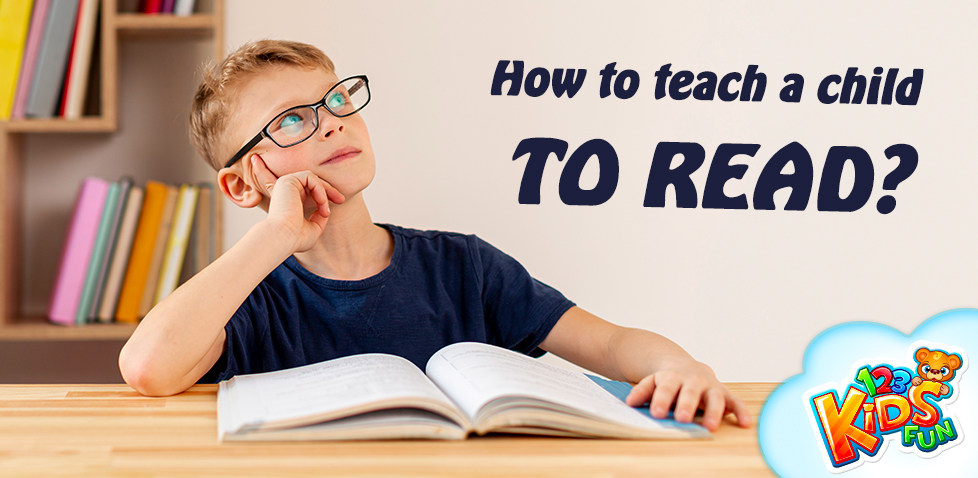
Teaching reading can be quite a challenge for parents as their kid does not only need to recognize the letters but associate meaning with them, later on advancing to basic punctuation and decode contextual cues. Reading is quite a complex literacy skill, that even some adults struggle with, but it is upon the parents to provide a solid foundation for their kid’s reading ability.
Well since reading is certainly a much-needed skill in the modern world, then the earlier your kid learns the better. To achieve this milestone with your child, there are a number of proven methods known to yield results. Below we are going to review some of these methods and possibly give you a hint of practices you need to put in place for your preschool child to start teaching reading.
Introduce the basic primal reading skills
You may underestimate the importance of simple reading gestures such as holding a book in the right direction, knowing where the reading line starts and flipping the page the right way. These come naturally to you since you have mastered reading many years ago, but to a child, these look like magic. The first basic step to teaching a child is to naturally get him involved in these basic activities while you show them how it’s done.
To implement this, simply help them hold a book while you read it to them and show them how you are following the lines by pacing with your finger. Suddenly their eyes will recognize the basic reading forms and practices, preparing them to read on their own. You can involve them in flipping the pages and congratulate them every time they follow the right pattern.
Teaching reading the alphabet first using the phonics method
This is going to be a little more challenging than teaching the child reading practices. Learning to read using the phonics method involves teaching the kid the alphabet first. And I bet that this is best method to teach reading to your kid.
In this method, children not only learn the names of the English letters but also the sound they make. This is so that they can later blend two or three letters together to make words. Using children’s phonological books, you try and keep learning the sounds and their blends short and entertaining. Children will naturally want to know the meaning of the word rather than the blending of sounds. Use this natural curiosity in your favor and help your child memorize more words. Note that, a child might take 3 to 4 days to learn one letter so consider teaching one letter a day and be very patient and methodical.
The whole-word approach for toddlers

The phonics instructions can be quiet daunting for children at a very young age. When parents want their child to learn as soon as possible, the whole-word approach can be a great shortcut. It is referred to as the “look and says” method, all you need to do is show your child a word in a way they can take it, sound the word and ask them to repeat the word. The use of flashcards with pictures is the only way this method will work, since the method does not rely on phonics. Use pictures and bright written words, the child will be able to sight-read a word if exposed to it quite long enough.
The leaner will try to recognize whole words in their written forms. Context is key to successfully using the whole-word approach, the method is advantageous in facilitating reading comprehension. You can start with frequently used and familiar words and then move on to short easy sentences.
Reading together everyday
If you want your kid to learn how to read, you have to support your teaching methods with leading by example. Here is what I mean. You have to dedicate time regularly to reading with your child. Make sure during these moments you are entertaining the kid and pose a warm and loving environment to insight how much fun reading is, and how much you love it. You have to make it a routine every day at the same time, regularity is key here.
Make sure you involve the kid while reading by going slow with their finger to illustrate where the words are coming from and make sure to use colorful and entertaining storybooks.
Let the child choose what they find interesting

You have to understand that being the child’s parent or guardian doesn’t mean that they will like what you like. Let them pick the books they find interesting and use that as the main tool while building their reading skills. Failing to find your child’s favorite book will only lead to boredom and disappointment, no matter the methods of teaching to read you use. Children will learn much easier when they can relate to what they read, so figure out from recommended kid’s books what they naturally gravitate to.
Display and point out print everywhere
This is a fun practice to engage with your kid while you teaching reading. Children are very curious when you display letters and simple words around them, with pictures and objects. They will naturally be drawn to memorize them. Starting conversations using the material from the books you read to them daily will help them associate the words with context and meaning.
While outside, use the new outing occasions to discover new words and point out giant prints to help them remember the letters they are learning.
Teaching reading is certainly a fun challenge that requires the parent or guardian to devote regular time to read and implement the teaching methods suggested in this article. Keep in mind that the time you will invest in your child while teaching them this skill will inevitably be of great value. Learn to be patient and simply understand the uniqueness of your child.












